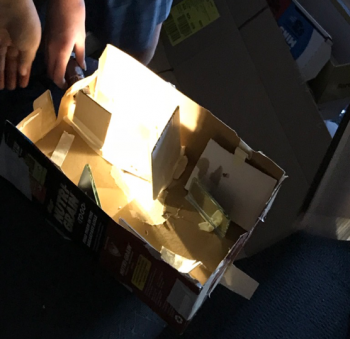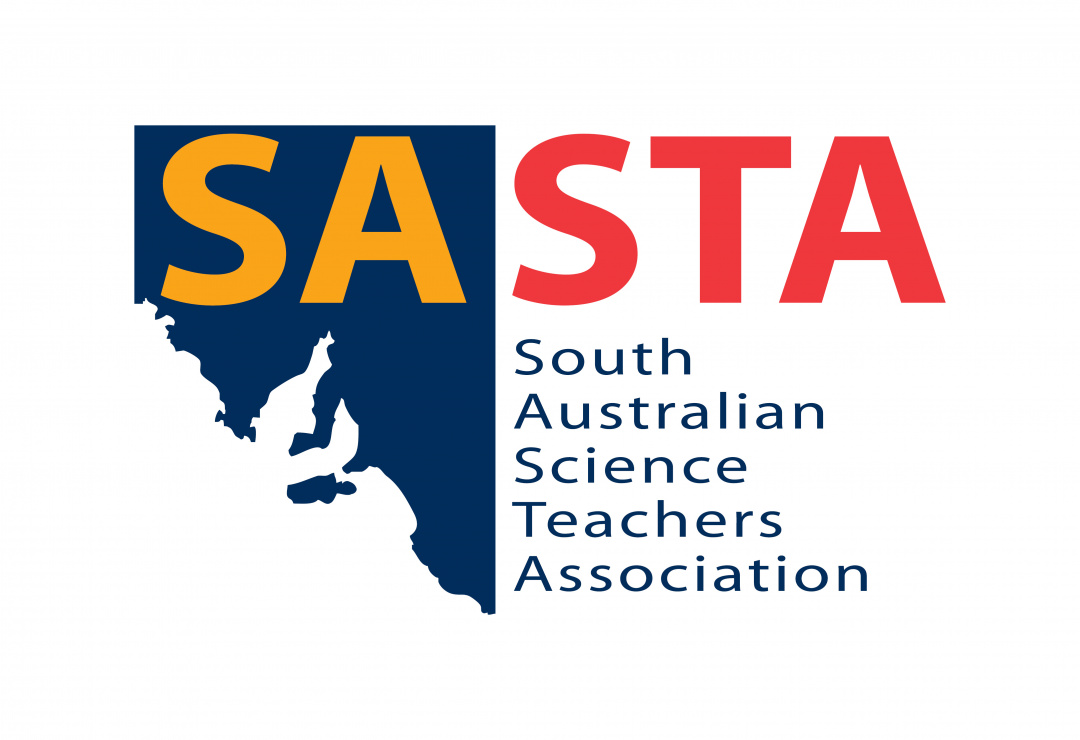Posted by Tegan McClean
on 07/09/2018

Rosary Catholic School has been working with Kate Dilger from the SA Science Teachers Association (SASTA) through 2017 and 2018 to improve teaching and learning outcomes in STEM. A whole school approach has seen teachers across all year levels engage with the engineering design process and plan student challenges that integrate and apply learning from Science, Mathematics and Technology.
Year 5 teachers, Anne Daw and Lucja Kowalski planned a task to support the science content description: Light from a source forms shadows and can be absorbed, reflected and refracted.
The task they designed was a culminating task that completed their unit of work in Term 1. Below is their reflection on the task and the process.
For STEM, last term we prepared an engineering design challenge to complete our Science unit about light. Students were asked to demonstrate if it was possible to create a maze and then send a light beam through the maze and out the other end by using mirrors. They needed to use at least three mirrors in their design and try to use as many recyclable materials as possible to create their maze.
 |
|
We brought the two Year 5 classes together to watch a Mythbusters video, where they tested if light could be reflected from one mirror to another. We then went through the challenge sheet with the students, explaining the criteria and constraints for their task. In groups of three, the students planned what they would do and what materials they need to organise. We then gave the students half a day to work on their challenge. |
 |
 |
The students enjoyed the task and were focussed and highly engaged with designing and testing their models. What was interesting for us as teachers, was listening to the conversations that were happening within the groups. Terms like: the beam is reflecting, or the light is being absorbed, were being used, terms that we had introduced while we were teaching the science unit. This was so good to hear as it demonstrated that the students had a good understanding of these terms and could use them in a real-life situation.
 |
|
The next day the groups did an evaluation of the process and presented their models to the rest of the students. Designs were evaluated against the criteria, i.e. did the beam of light reflect off at least three mirrors and come out the exit? Each group explained what they thought they did well and what could be done to improve their model if they were given the chance. Most groups were pleased that they had managed to reflect the light, and many stated that the maze walls were difficult to construct or that there should be more of them. |
We were very pleased with the task we had prepared as it engaged the students, it challenged them to use a design process and it showed us that they could apply knowledge and understanding gained throughout the unit of work on light.
Anne Daw and Lucja Kowalski
Rosary Catholic School
In this Section
Archive
- January 2026
- December 2025
- November 2025
- October 2025
- September 2025
- August 2025
- July 2025
- June 2025
- May 2025
- April 2025
- March 2025
- February 2025
- January 2025
- December 2024
- November 2024
- October 2024
- September 2024
- August 2024
- July 2024
- June 2024
- May 2024
- April 2024
- March 2024
- February 2024
- December 2023
- November 2023
- October 2023
- September 2023
- July 2023
- June 2023
- May 2023
- April 2023
- March 2023
- February 2023
- January 2023
- December 2022
- November 2022
- October 2022
- August 2022
- July 2022
- June 2022
- May 2022
- April 2022
- March 2022
- February 2022
- January 2022
- December 2021
- November 2021
- October 2021
- September 2021
- August 2021
- July 2021
- June 2021
- May 2021
- April 2021
- March 2021
- February 2021
- January 2021
- December 2020
- November 2020
- October 2020
- September 2020
- August 2020
- July 2020
- June 2020
- May 2020
- April 2020
- October 2018
- September 2018
- August 2018
- July 2018

